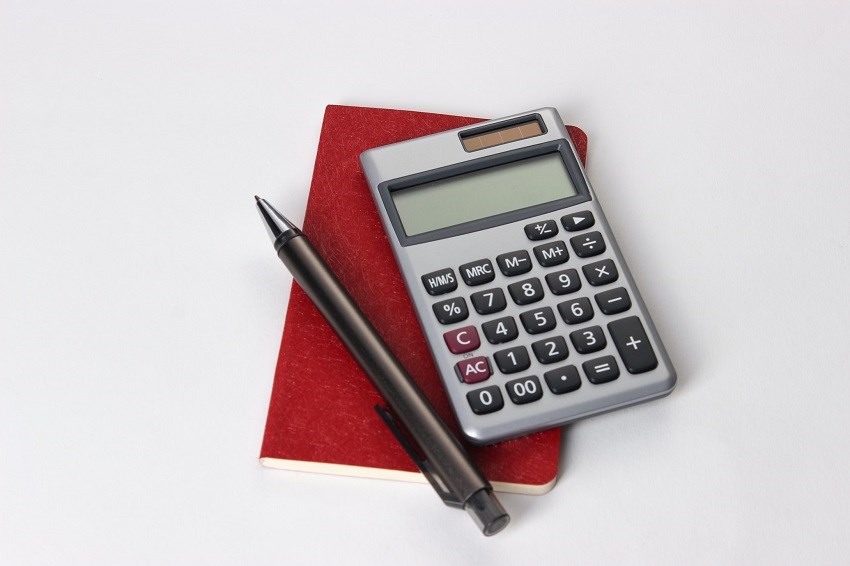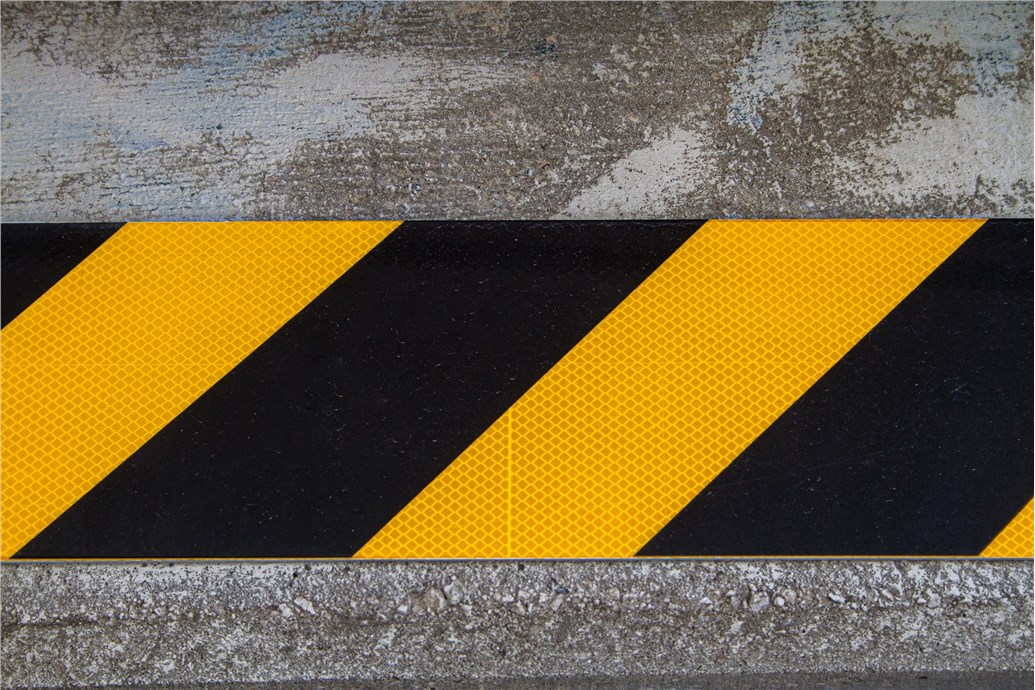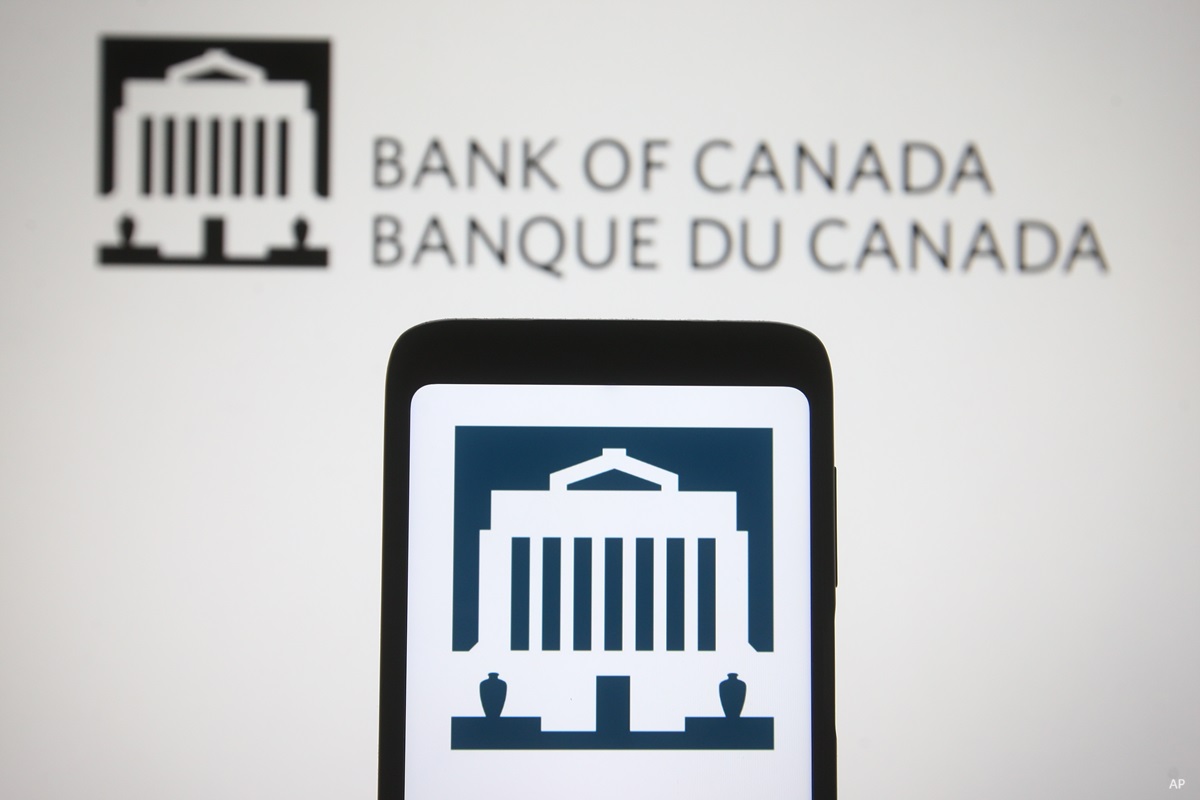
The second year of pandemic hardship saw some collecting income-replacement benefits in Canada. If you’re one of them, now’s a good time to plan ahead and potentially save some money come tax time.
Most collecting benefits likely had the CRB, or Canada Recovery Benefit, which succeeded the Canada Emergency Response Benefit (CERB), and was available until Oct. 23, 2021. Since then, the Canada Worker Lockdown Benefit (CWLB) has been the mainstream Covid-19 relief program. (Many other relief programs have also been in place, such as the Canada Recovery Caregiving Benefit, or CRCB, and the Canada Recovery Sickness Benefit, or CRSB.)
The eligibility criteria and payment terms of the three mainstream programs (CERB, CRB and CWLB) became, in succession, somewhat tighter. But for their differences, come tax time, they mostly look the same. All are included in the calculation of net income on your tax return, and CRB and CWLB must be reported as such on your 2021 tax return. Unlike CERB, income tax on CRB and CWLB was withheld at source, equal to 10% of the gross benefits paid out. The amounts received from the various relief programs are reported on a T4A (and RL-1 for Quebec tax purposes) slip mailed to you or available online.
Were You Ineligible?
Those who realized they didn’t qualify for Covid-19 benefits and who repaid the amount by Dec. 31, 2021, won’t be sent a tax information slip, and no tax will be payable. However, those who did not repay voluntarily by that date will receive a T4A/RL-1 and have to pay a tax on the amount received – as well as repay the amount of the benefits. If you are in this situation, the tax paid on repayable 2021 benefits can be recovered when you file your 2022 tax return – just as you can do on the 2021 return for amounts of and tax paid on ineligible benefits in 2020.
Beware the Clawback
If you received CRB, take note as soon as possible if your net income for 2021 is $38,000 or higher. This is because you must repay some or all of the CRB if your net income exceeds $38,000 for the year in which the benefits were received. Net income is the amount you report on line 23600 of your 2021 federal income tax return (line 275 on the Quebec return) and includes your total income federal (line 15000, Quebec line 199), less a variety of deductions (see list below).
Note that net income for the purposes of calculating potential CRB repayment does not include CRB, but it does include other COVID-19 relief benefits.
The amount of CRB to be repaid is equal to 50 cents on every dollar that your net income exceeds $38,000. For example, if you received $5,000 of CRB benefits during 2021, you would have to repay the entire amount if your net income was $48,000 or more. If your net income was, say, $42,000, you would have to repay $2,000.
“There is no income limit and related clawback on the CWLB,” says Barry Travers, a partner and national leader at KPMG in Canada’s public sector tax practice. “However, you must reside in a region that is under a pandemic-related lockdown.” Detailed information is available on the CRA website.
Use Your RRSP, Expenses and other Income Deductions
If your net income (excluding CRB) exceeds $38,000, you may be able to reduce this figure by ensuring you are claiming all of the deductions from net income that apply to you:
- Registered pension plan (RPP) contributions
- RRSP contributions
- Union or professional dues
- Child-care expenses
- Alimony and maintenance payments
- Eligible moving expenses
- Investment carrying charges
- Business investment loss
- Employment expenses
Most of the above are amounts that are declared on tax-information slips or documented by receipts. Employment expenses using the detailed calculation method require obtaining Form T2200S from your employer. However, if you have ample RRSP contribution room, making an otherwise unplanned 2021 RRSP contribution before the March 1, 2022 deadline could allow you to retain CRB benefits received last year. The goal is to bring your net income below $38,000, and every dollar of RRSP contribution reduces your net income by the same amount.
Keep Your Business
The CRB and CWLB are designed to assist both employed and self-employed who suffered significant income loss due to the pandemic. For the latter group, however, gross business income can be reduced by expenses to create a lower figure to report as net income – as long as such expenses are incurred for the purpose of maintaining the business and generating revenue. Even if this might bring revenue down to near zero or create a loss, this should be acceptable to the tax department, assuming everything is legitimate. The overriding requirement is that a business should operate in normal circumstances with a “reasonable expectation of profit.”
In most cases, a business typically might report a loss during its early years before gaining clients and growing revenue. The same might also be the case for a business in severe decline. However, the pandemic had caused tough times for many otherwise healthy businesses, and it is not inconceivable that some may find themselves in a loss position for 2021 – and perhaps have reported a loss in 2020 as well.
Don’t Forget Your Expenses
The cautious entrepreneur might feel some concern about collecting CRB/CWLB and also claiming a business loss. However, as long as the business-income numbers are completely legitimate, this is not an issue.
“There is no restriction on the deductibility of expenses that were incurred with the intention to earn income, even though the income source was temporarily reduced due to an unforeseen event such as the pandemic,” says KPMG’s Travers. “The CRA has stated that, when calculating self-employment income, any Covid-19 emergency or recovery benefits should be excluded from this calculation. Thus, any CRB received should not impact [a self-employed person’s business net-income] calculation.”
Travers says generally most self-employed individuals who met the qualification criteria and successfully applied for CRB, “likely operated their business with a reasonable expectation of profit, as this is considered to be a long-term view and would not be considered an issue as a result of a temporary business reduction.
“The impact of COVID-19 may impact their profitability,” he says. “However, this should not change this test if they are able to operate their business and it will continue to operate going forward.”



















